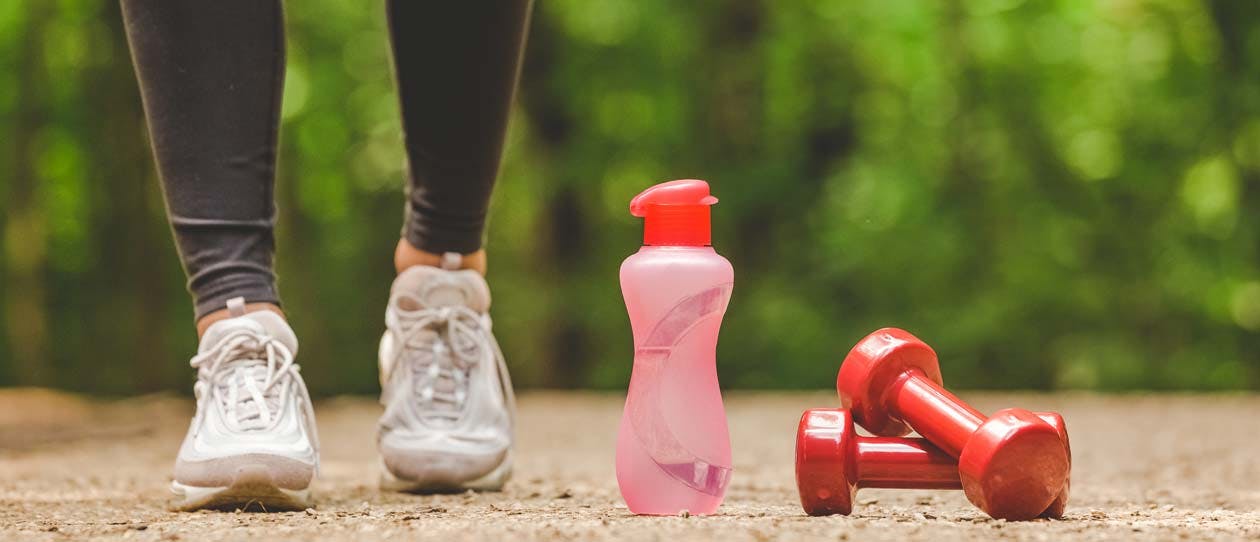What are the benefits of walking with weights?
One of the biggest problems with walking is that it can be a challenge to make it intense enough to be effective. It’s a natural movement where one foot is always on the ground, significantly reducing the number of kilojoules you burn compared to running.
There are a range of solutions to this problem, including walking very fast, going for a long duration, walking up hills, and
walking with Nordic poles.
Another way to make walking more challenging is to carry extra weight. It’s not uncommon to see people carry small dumbbells, or wearing a weighted vest, back pack or ankle weights.
In theory, the heavier you are, the more effort it takes to move. The weight adds variety and increases the demands on your heart and muscles, potentially offering a range of additional benefits, including:
- Boosts cardiovascular endurance
- Developing core and leg strength
- It may help to build bone density
Walking with weights helps to burn more energy
A
study conducted by the American Council on Exercise examined the impact of walking on a treadmill with a weighted vest. It was discovered that when walking at a 5% and 10% gradient on a treadmill, people wearing a vest containing 10% of their body weight burned 13% more kilojoules compared to wearing no vest.
There was little difference when subjects walked on a flatter surface until the vest was increased to 15% of body weight. Using a scale to measure perceived difficulty, subjects did not feel they were working any harder from wearing no vest, or the 10% or 15% body weight vests.


